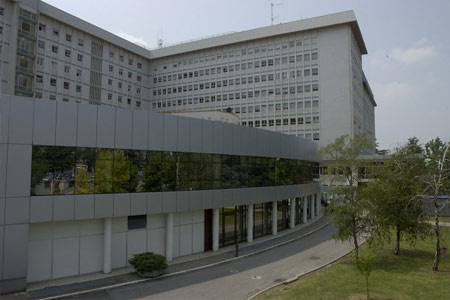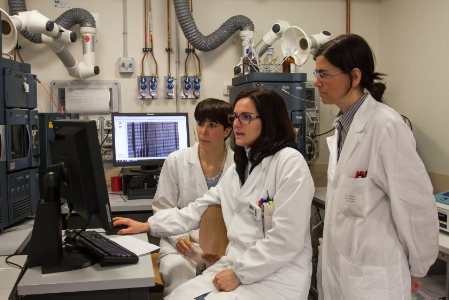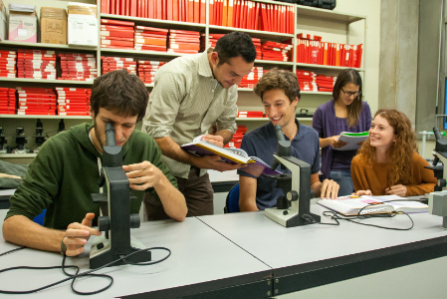- Authors:
-
Nicosia, Lucia; Pranke, Iwona; Latorre, Roberta V.; Murray, Joss B.; Lonetti, Lisa; Cavusoglu-Doran, Kader; Dreano, Elise; Costello, James P.; Carroll, Michael; Melotti, Paola; Sorio, Claudio; Sermet-Gaudelus, Isabelle; Scallan, Martina F.; Harrison, Patrick T.
- Title:
-
Adenine base editing with engineered virus-like particles rescues the CFTR mutation G542X in patient-derived intestinal organoids
- Year:
-
2025
- Type of item:
-
Articolo in Rivista
- Tipologia ANVUR:
- Articolo su rivista
- Language:
-
Inglese
- Format:
-
Elettronico
- Referee:
-
Sì
- Name of journal:
- ISCIENCE
- ISSN of journal:
- 2589-0042
- N° Volume:
-
28
- Number or Folder:
-
3
- Page numbers:
-
1-15
- Keyword:
-
cystic fibrosis, base editing, gene therapy, nasal cells, intestinal organoids, CFTR
- Short description of contents:
- Cystic fibrosis (CF) is a life-shortening autosomal recessive disease, caused by loss-of-function mutations that affect the CF transmembrane conductance regulator (CFTR) anion channel. G542X is the second-most common CF-causing variant, and it does not respond to current CFTR modulator drugs. Our study explores the use of adenine base editing to edit G542X to a non-CF-causing variant, G542R, and recover CFTR
function. Using base editor engineered virus-like particles (BE-eVLPs) in patient-derived intestinal organoids, we achieved 2% G542X-to-G542R editing efficiency and restored CFTR-mediated chloride transport to 6.4% of wild-type levels, independent of modulator treatment, and with no bystander edits. This proof-of-principle study demonstrates the potential of base editing to rescue G542X and provides a foundation for future in-vivo applications.
- Note:
- Cystic fibrosis (CF) is a life-shortening autosomal recessive disease, caused by loss-of-function mutations
that affect the CF transmembrane conductance regulator (CFTR) anion channel. G542X is the second-
most common CF-causing variant, and it does not respond to current CFTR modulator drugs. Our study ex-
plores the use of adenine base editing to edit G542X to a non-CF-causing variant, G542R, and recover CFTR
function. Using base editor engineered virus-like particles (BE-eVLPs) in patient-derived intestinal organoids,
we achieved 2% G542X-to-G542R editing efficiency and restored CFTR-mediated chloride transport to
6.4% of wild-type levels, independent of modulator treatment, and with no bystander edits. This proof-
of-principle study demonstrates the potential of base editing to rescue G542X and provides a foundation
for future in-vivo applications.
- Product ID:
-
144628
- Handle IRIS:
-
11562/1157267
- Last Modified:
-
March 14, 2025
- Bibliographic citation:
-
Nicosia, Lucia; Pranke, Iwona; Latorre, Roberta V.; Murray, Joss B.; Lonetti, Lisa; Cavusoglu-Doran, Kader; Dreano, Elise; Costello, James P.; Carroll, Michael; Melotti, Paola; Sorio, Claudio; Sermet-Gaudelus, Isabelle; Scallan, Martina F.; Harrison, Patrick T.,
Adenine base editing with engineered virus-like particles rescues the CFTR mutation G542X in patient-derived intestinal organoids
«ISCIENCE»
, vol.
28
, n.
3
,
2025
,
pp. 1-15
Consulta la scheda completa presente nel
repository istituzionale della Ricerca di Ateneo 








